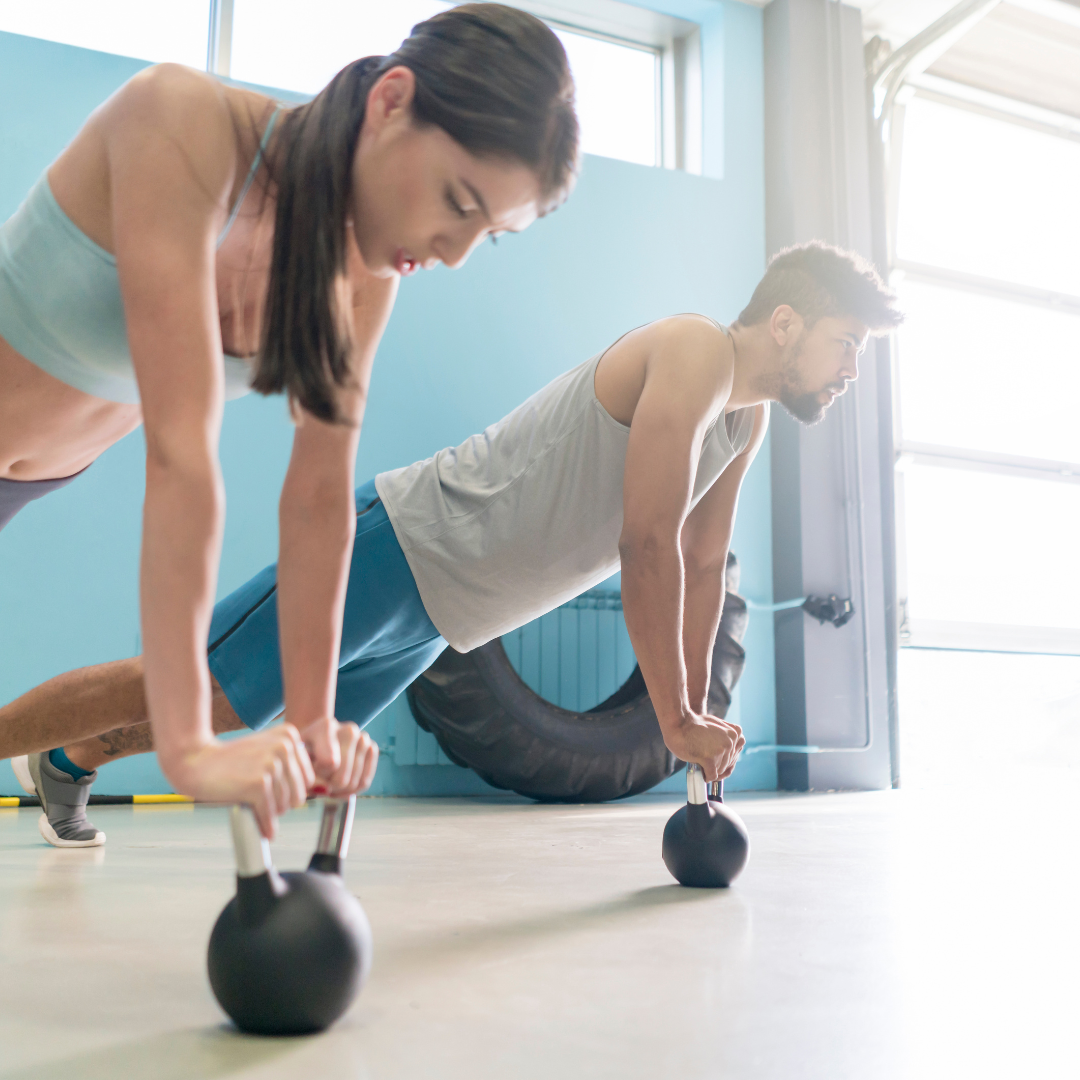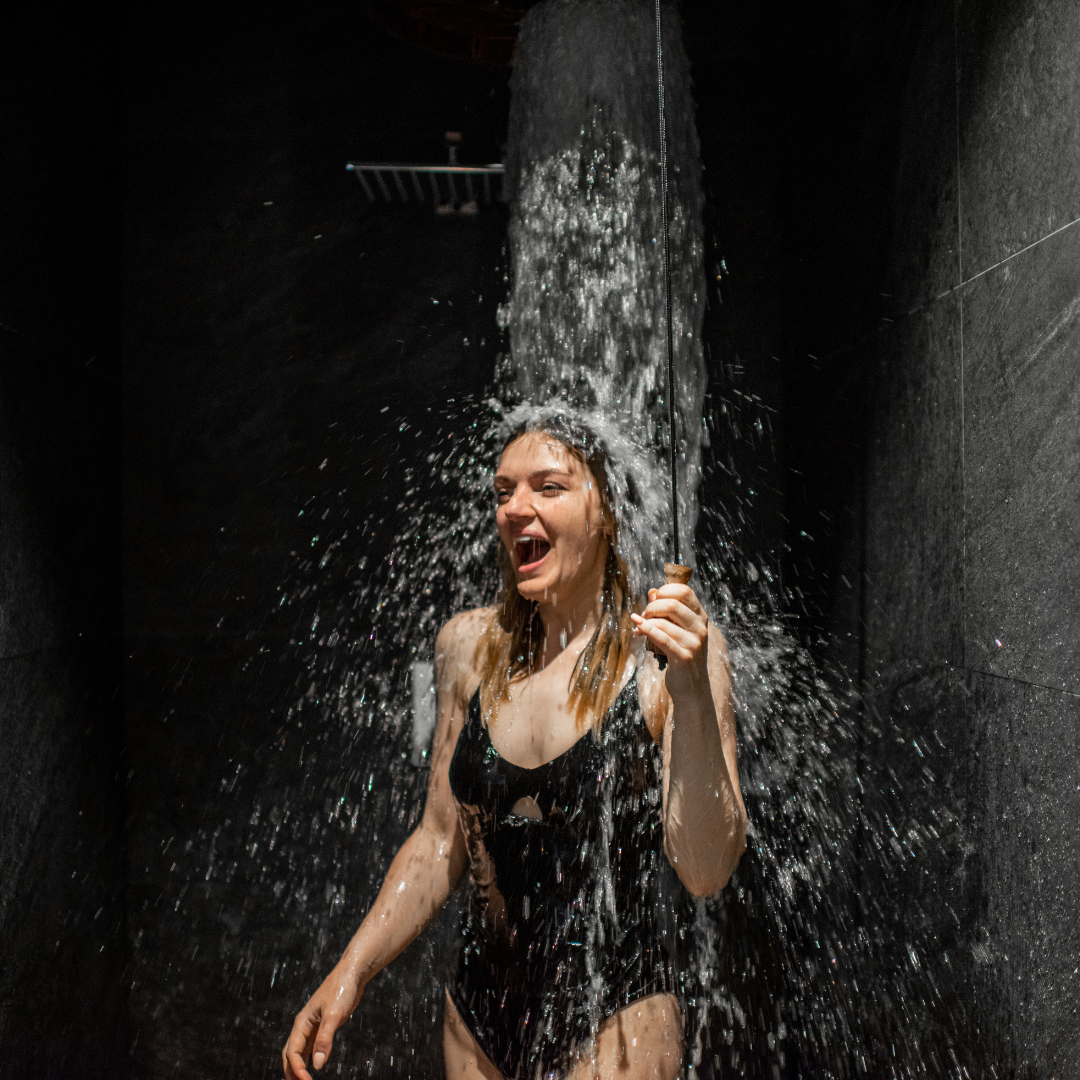One of the most popular uses for ice baths and cold water immersion is for recovery. Athletes in various sports (football, basketball, MMA, boxing etc) have been using ice baths for decades as part of a comprehensive recovery routine.
However in recent years the practice has expanded and gained popularity in other areas including physical therapy, beauty and skincare, and even mental health.
The benefits of ice baths are many, they can:
- Reduce inflammation and muscle soreness
- Improve circulation
- Aid in injury recovery
- Reduce stress and anxiety
- Improve your mood
- Help with relaxation and sleep
- Strengthen your immune system
- Promote skin health
In this article we’ll provide a comprehensive overview of the science behind ice baths for recovery as well as provide best practices for safe and effective use so that you can make an informed decision as to whether you want to incorporate ice baths into your routine for recovery purposes.
Ice baths for sports recovery
When you get into an ice bath a number of things happen to your body physically: your blood vessels constrict meaning there’s less blood flow to your muscles, which is great for reducing inflammation and muscle soreness. This is really helpful if you’ve done some intense exercise and are feeling tender.
Ice baths can also help reduce soreness by flushing out waste products in the lymphatic system such as lactic acid, which builds up during exercise. How this works is that by constricting blood flow to the muscles and the muscles themselves contracting in the cold, less lactic acid is able to affect them. Then when the muscles relax after getting out of the ice bath the waste products are carried away more efficiently.
Ice baths for power and endurance sports
Cold water immersion has become increasingly popular among many athletes across a variety of sports in recent years, however it should be known that the efficacy and benefit of the practice definitely depends on what type of sport you do and what your goals are.
If you’re involved in sports that revolve around high intensity and high impact movements like basketball or football, ice baths can be a fantastic recovery tool. These sports often result in micro tears of the muscle fibres which lead to inflammation and soreness. Ice baths can reduce this and speed up your recovery time.
However if you are engaging in a sport that leads to intended muscle growth like weightlifting, ice baths can actually be somewhat detrimental to that goal. Studies have found that ice baths did not lead to any kind of increase in muscle growth, in fact muscle growth actually relies on inflammation and damage of the muscle. That’s how it works: the muscle is torn and rebuilds itself stronger and bigger. If you attack this area with an anti-inflammatory shot of cold, the process is disrupted.
The same can be said of endurance athletes in sports like running and cycling. Where there is definitely value is in reducing aches, pains, and swelling immediately after a hard workout, and this is true for all sports.
Having said this, there are studies that claim that ice baths might interfere with muscle adaptation. When you train for endurance, adaptations in muscle fibers occur such as increased mitochondrial density and oxidative capacity. There are studies that suggest that ice baths might interfere with this by reducing inflammation and the production of reactive oxygen species.
So it really depends on your goals and how much you value them. If you want to really focus on optimal muscle growth or endurance adaptation long term and don’t care too much about the benefits of quicker recovery then maybe ice baths aren’t for you. On the other hand, you’d have to also weigh up all the other non-recovery based benefits that ice baths bring to the table. You’d be giving these up for what could be marginal gains.

Famous case studies
There are some high profile athletes that have incorporated ice baths into their routine, like Michael Phelps who famously used ice baths as part of his recovery for the Beijing Olympics in 2008. Reportedly he took ice baths twice a day for 6 minutes each day in order to aid his recovery from his rigorous training schedule.
Some other big names that publicly talk about their use of ice baths for recovery are LeBron James and Mo Farah. LeBron has said that during NBA finals he found ice baths to be incredibly useful, taking 10-12 minute ice baths every night after a game and then goes to bed with ice packs on his knees and ankles to reduce swelling and inflammation.
Similarly Mo Farah finds ice baths particularly effective for recovering after long runs.
Injury recovery
When we start talking about injuries, it should be stressed that you should always consult with a medical professional before considering using cold water therapy to treat your issue. It’s not worth trying something out that leads to a potentially longer recovery time.
There are a wide variety of injuries that can possibly benefit from cold water immersion, the large majority of these are injuries that are alleviated by a reduction in inflammation.
Muscle strains and sprains are injuries that occur when the muscle or tendon is stretched or torn, so it makes sense that utilising ice baths is a great fit for recovering from these types of injuries.
Tendonitis is another classic candidate for cold water therapy. Tendonitis is when the tendon is inflamed or irritated, most of the time from repetitive movements or strain. Tennis elbow is one of the most well known iterations of tendonitis. It can be a horrible chronic burden, and consistently reducing inflammation in the area can both give some pain relief and speed up healing.
A stress fracture is another example, where you get micro cracks on the bone again due to repetitive strain (running and jumping are the usual suspects) and again where cold water can alleviate pain and help the healing process.
There are a huge amount of injuries that ice baths can help with that we haven’t mentioned such as shin splints, runner’s knee, lower back pain etc. Always consult with your doctor before committing to a recovery plan, but if inflammation reduction or pain relief is required then it's likely that frequent ice baths will be hugely helpful.

Kobe Bryant used ice baths to aid his recovery and reduce swelling of an injured ankle in the 2000 NBA finals.
Mental recovery
Not only are ice baths useful for physical recovery, they’re great for mental recovery too.
When you immerse yourself in cold water the parasympathetic nervous system is activated. The temperature of the water triggers your body’s ‘fight or flight’ response, followed by the ‘rest and digest’ response. So you have a moment of intensity followed by relaxation and calm, the process of which can do wonders for general stress and anxiety reduction.
Outside of this, ice baths have been shown to have a positive effect on cognitive function and mood. Studies show that you can increase your levels of the neurotransmitter ‘norepinephrine’ when exposed to cold water, which can improve your mood and alertness.
One of the really exciting benefits of ice baths for mental recovery is the impact they can have on your sleep quality. Sleep is the ultimate recovery tool, so improving it whenever possible will almost alway yield good results for your overall wellbeing. A study to investigate this was done with a group of 40 athletes, half of whom participated in cold water immersion after an evening workout. The group who had ice baths experienced significantly better sleep quality (measured by sleep efficiency, duration, and time taken to actually fall asleep). This means that including ice baths in your routine could lead to better sleep and better mental wellbeing.
Ice bath best practices
If you’ve read this far you’re likely considering including ice baths in your routine either for some kind of recovery or for overall wellness. It’s important that we cover some best practices and safety disclaimers to ensure you’re immersing yourself safely and effectively.
How cold, how long, and how often?
The ideal ice bath water temperature is between 10°C to 15°C (50°F to 59°F). Having said this you will still get some benefits over 15°C and if the water is under 10°C you’ll absolutely be impacting your system, but every degree colder it gets the harder it is to bear!
In terms of time spent, 5-10 minutes is generally regarded as the optimal time frame. Of course this depends on how cold the water is and Andrew Huberman suggests a total of 11 minutes over the course of a week as having the most benefit.
How often you get into an ice bath is really up to you. The 11 minute total rule mentioned above is a good goal to set for yourself, but this can be broken up into smaller sessions rather than doing the 11 all at once (which of course you can do too). It also depends on your goals and whether cold water therapy is a recovery tool or a wellness tool. You might feel that doing a couple of minutes after every workout session makes you feel the best, or it could be a way to kickstart your day regardless of whether you are working out or not.
What to be wary of and when not to use your ice bath
You should always consult with a medical professional before embarking on your ice bath journey as there are risks to be aware of.
Hypothermia is when your body loses heat faster than it can produce it. Your body may start to shiver, you can get confused and even lose consciousness. This is why we highly recommend everyone to start with a warmer temperature and work your way down to a colder one, and also to have a partner watching you when you get in just in case.
Frostbite is even a possibility if the water is cold enough. This is when your skin and underlying tissue freezes. It is extremely unlikely that this will occur at the recommended temperatures mentioned above, but again please just listen to your body and only stay in the water for as long as your body is comfortable with.
Ice baths are not a miracle cure for everything, and there are situations when it would not be wise to engage in cold water immersion. A strong example is when you suffer from certain medical conditions like Raynaud’s disease or cold urticaria, where exposure to the cold can trigger symptoms. Or if you have severe injuries such as fractured/broken bones or open wounds, definitely stay away from the ice bath. In these kinds of instances the cold water will delay the healing process and will likely increase the risk of infection.
Conclusion
Ice baths are fantastic tools for recovery, whether it's physical and sports related, injury related, mental and wellbeing related or even just in promotion of good sleep. There are many reasons to consider making ice baths part of your weekly routine, however you should always be cautious and consult with a medical professional before taking the plunge.





Leave a comment
This site is protected by hCaptcha and the hCaptcha Privacy Policy and Terms of Service apply.